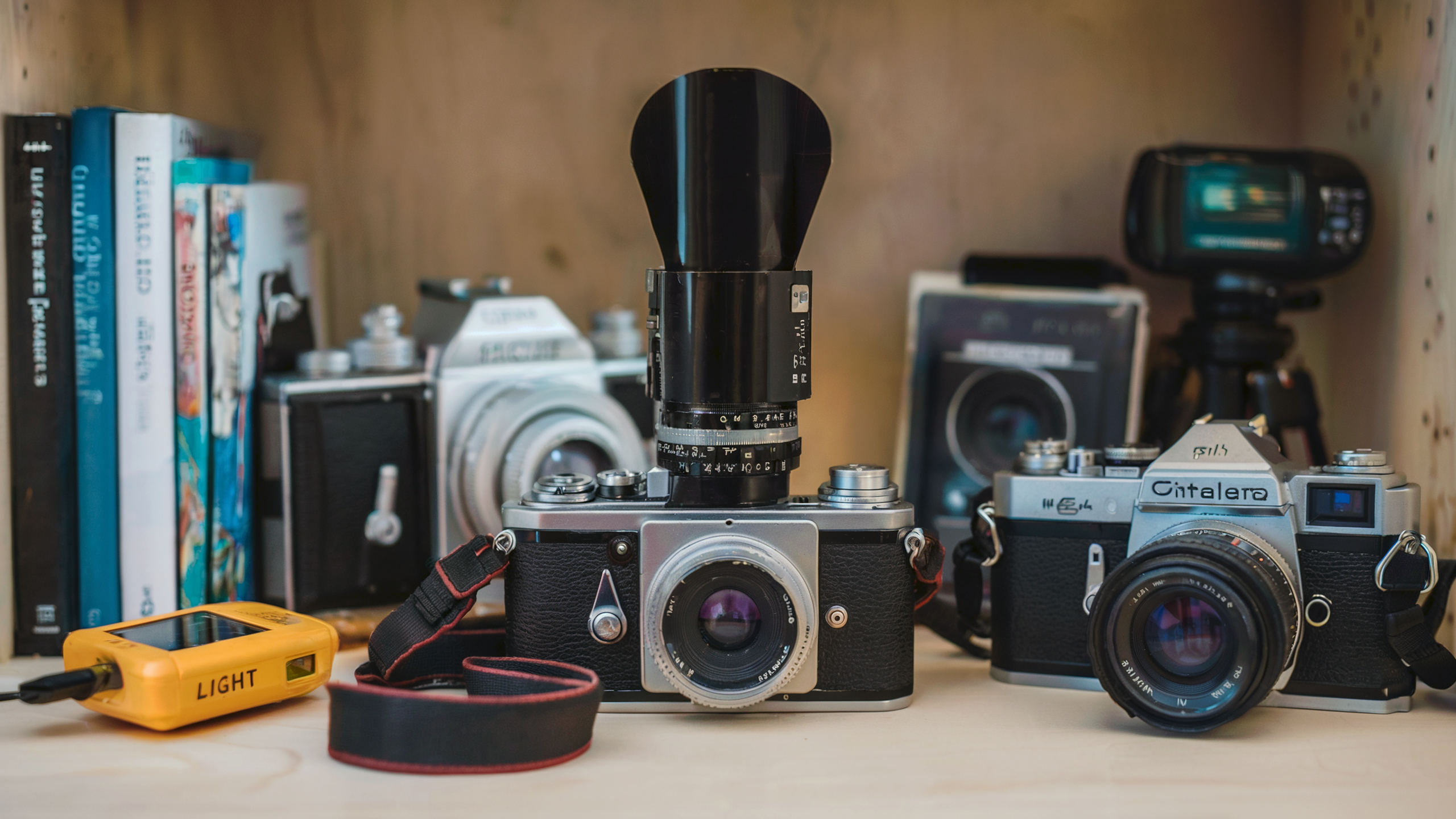Key points
– It is the art, application and practice of capturing photographs.
– It allows people to visually document and preserve memories and moments in time.
– It can be used to tell stories, convey emotions and share perspectives through the medium of visual images.
Contents
- Key points
- What is the Definition of Photography?
- How did photography originate and evolve over time?
- What are the fundamental principles of photography?
- How does photography differ from other visual arts?
- How Does Light Influence Photography?
- What Are the Essential Elements of a Photograph?
- How do composition and framing impact a photograph?
- What is the significance of color and tone in photography?
- How does perspective alter the perception of an image?
- How Has Technology Transformed Photography?
- What are the differences between analog and digital photography?
- How have camera advancements changed the way we take photos?
- What role do editing software and tools play in modern photography?
- How Does Photography Convey Meaning and Emotion?
- Frequently Asked Questions (FAQ)
What is the Definition of Photography?
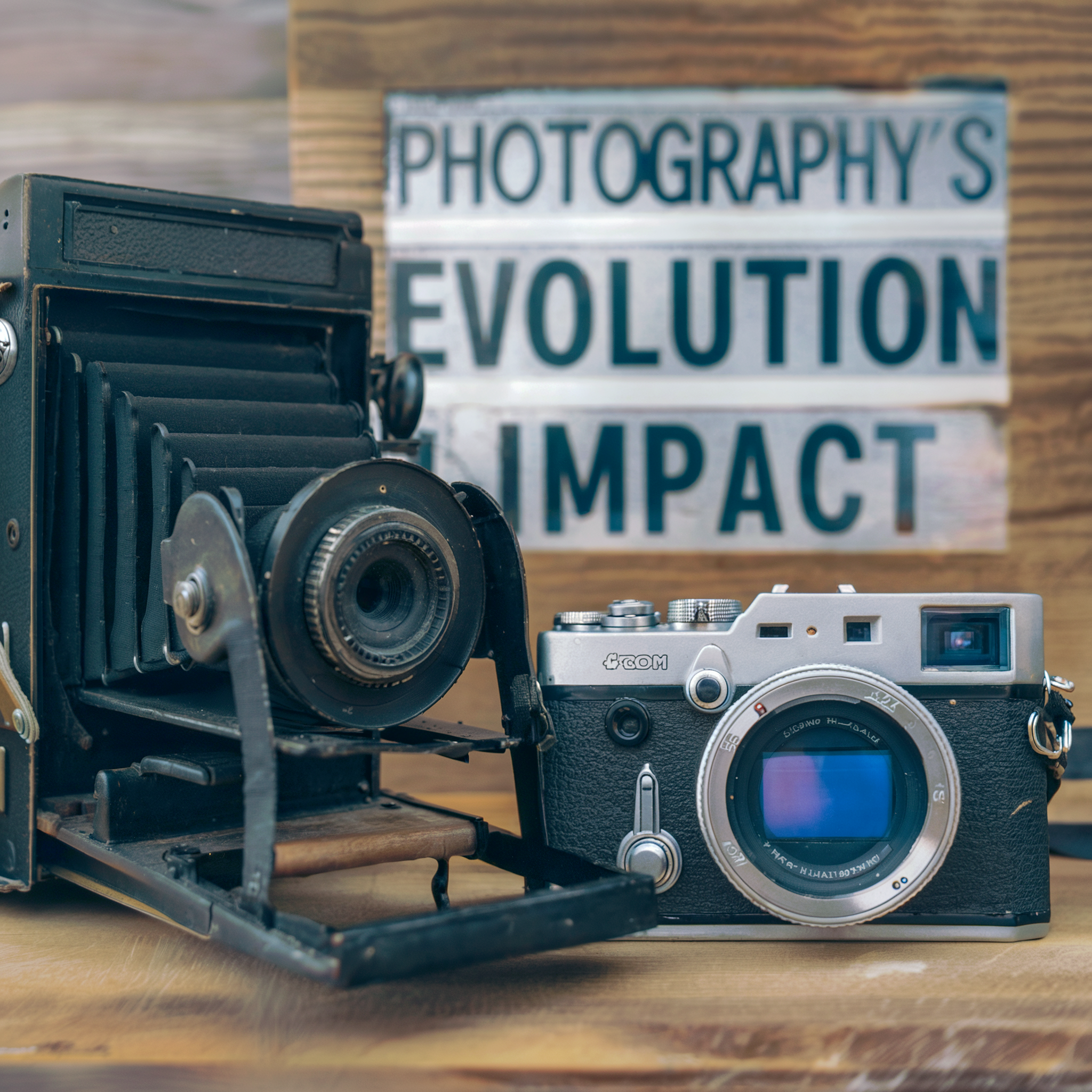
Photography honestly is sorta tricky to define since it’s evolved so much. Basically, though – it’s using a special camera to capture light to basically freeze a moment in time. Originally, Like back then cameras required a totally long process using light-sensitive chemicals to develop the exposed film. Now though cameras are super convenient with digital sensors. So photography lets you create still images that can make memories last way after the moment is gone.
How did photography originate and evolve over time?
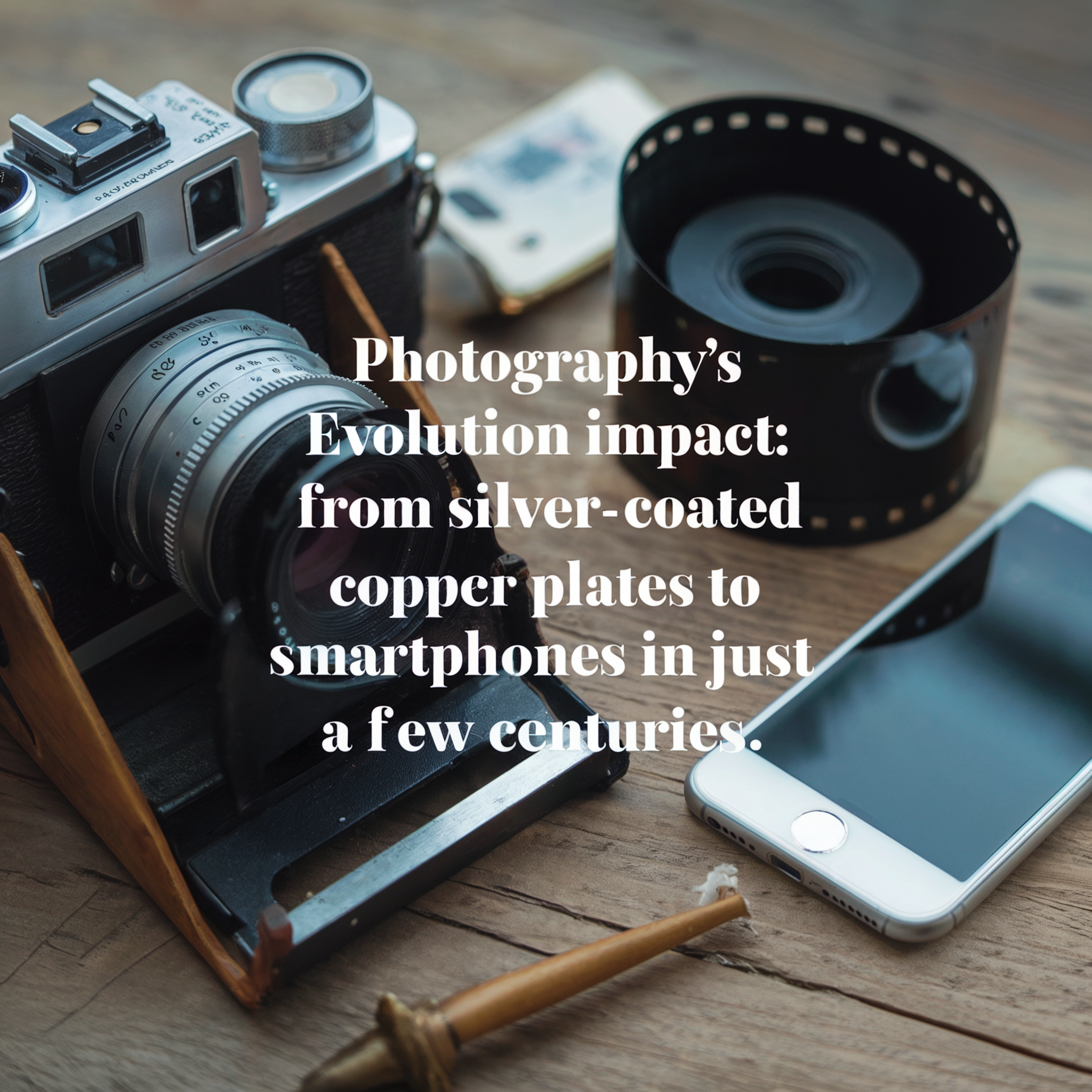
Photography basically started way back in the 1800s with guys like Louis Daguerre and William Henry Fox Talbot who came up with early techniques for capturing images. Their methods used stuff like silver-coated copper plates that had to be developed with hot mercury vapor. It was a pain but it worked! Since then cameras got smaller and more portable. Film got better too. Then digital came along and totally changed everything. These days you can take super clear photos instantly using just your phone! It’s wild how far the technology has come where everything is easier and quicker compared to the beginning.
What are the fundamental principles of photography?
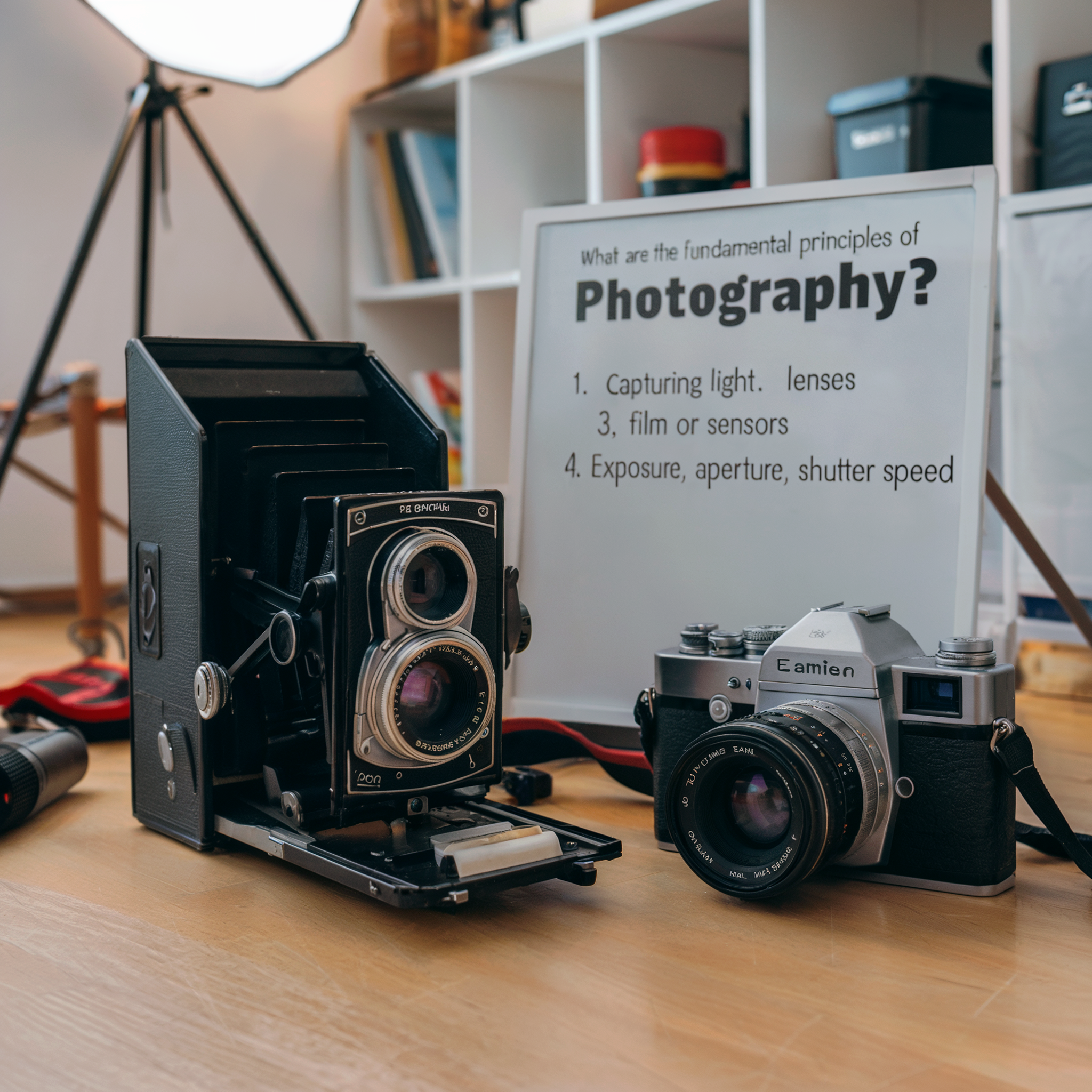
Some key things that all photographs have in common are capturing light, lenses, film or sensors. Light has to hit the photo medium like film or digital sensors to get an image. Different lenses are used to focus light and capture different angles or zoom levels. There’s also stuff like exposure, aperture, shutter speed that control how much light enters the camera and gets registered. Basically it all comes down to recording the light from a scene or subject. Other fundamentals are composition too, to make the photos aesthetically pleasing.
How does photography differ from other visual arts?
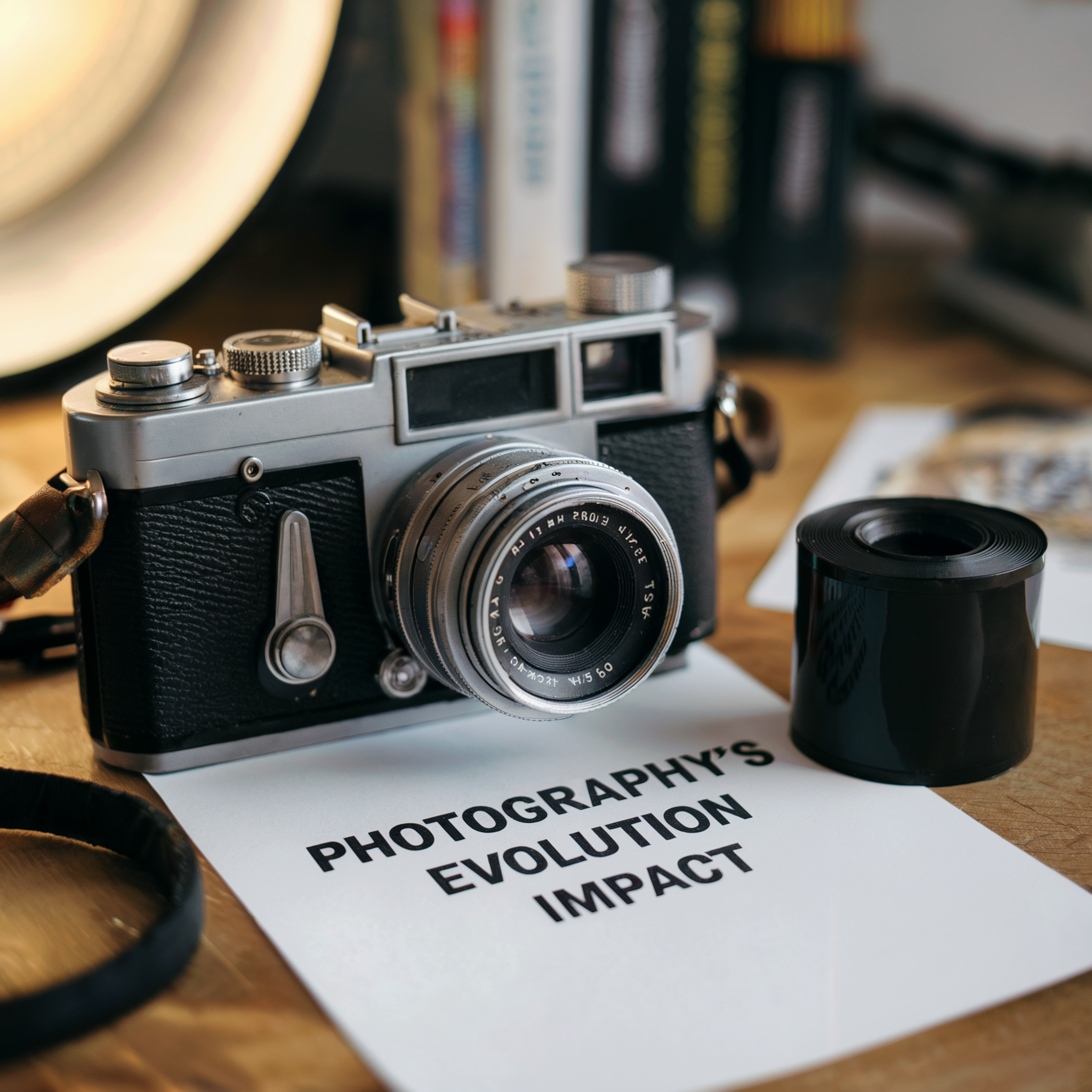
While photography involves a lot of artistry, it does differ some from things like painting or drawing since it relies on, well, reality! With painting you can totally change the colors or scenery to fit your vision. But in photography, you’re limited to what’s actually there in front of the lens – you don’t get to reimagine the scene from scratch. Photographs also capture a single moment in time rather than letting you keep adjusting the image over a period. Like I said though, great photographers can still transform a scene through lighting, focus, angles and more – but it’s always rooted in something real versus being totally made up.
How Does Light Influence Photography?
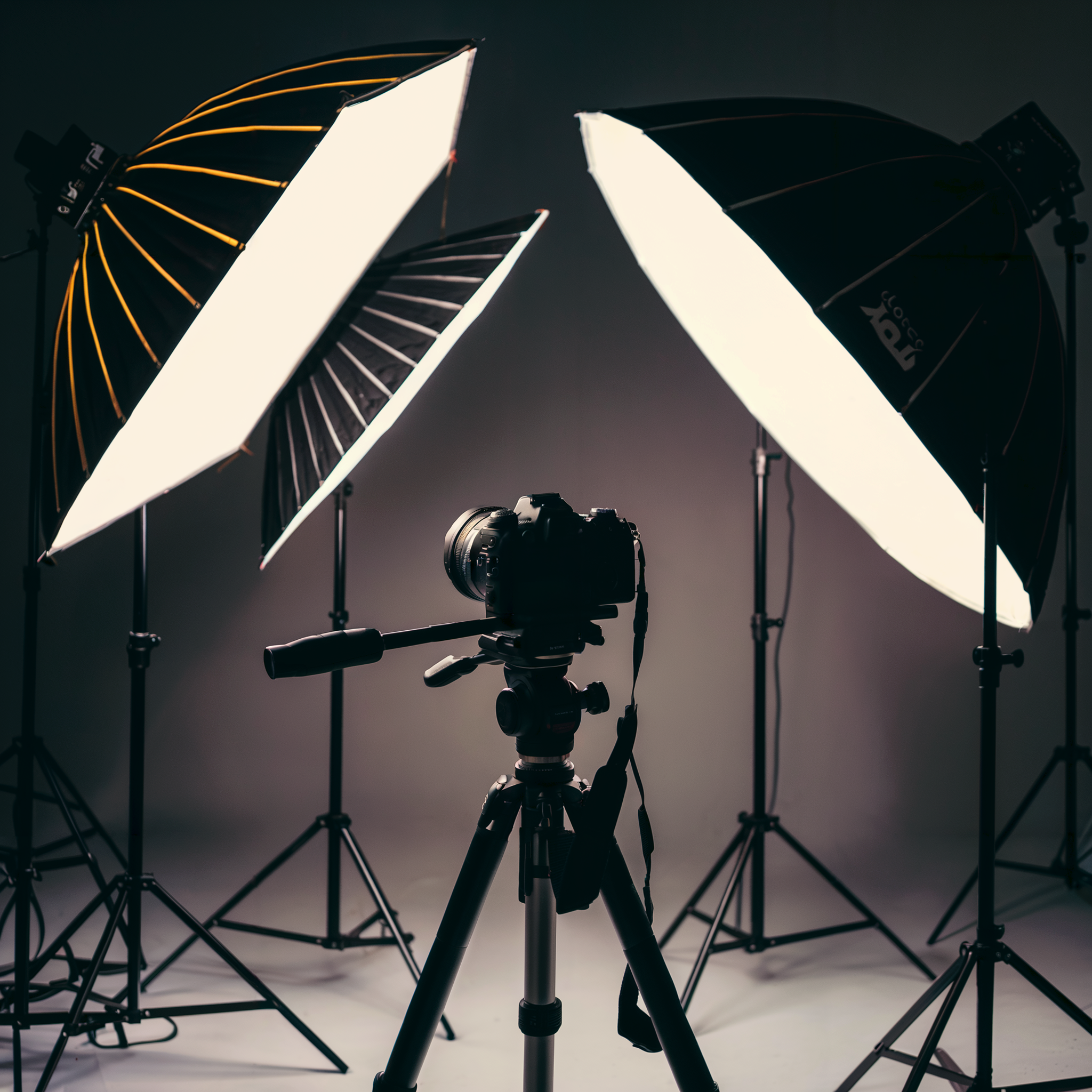
Light actually makes photography possible. Without light, cameras won’t be able capture any images. The role of light is to illuminate whatever is being photographed for the camera sensor to capture it. Different amounts and types of light can really change a photo’s appearance.
What is the role of light in capturing an image?
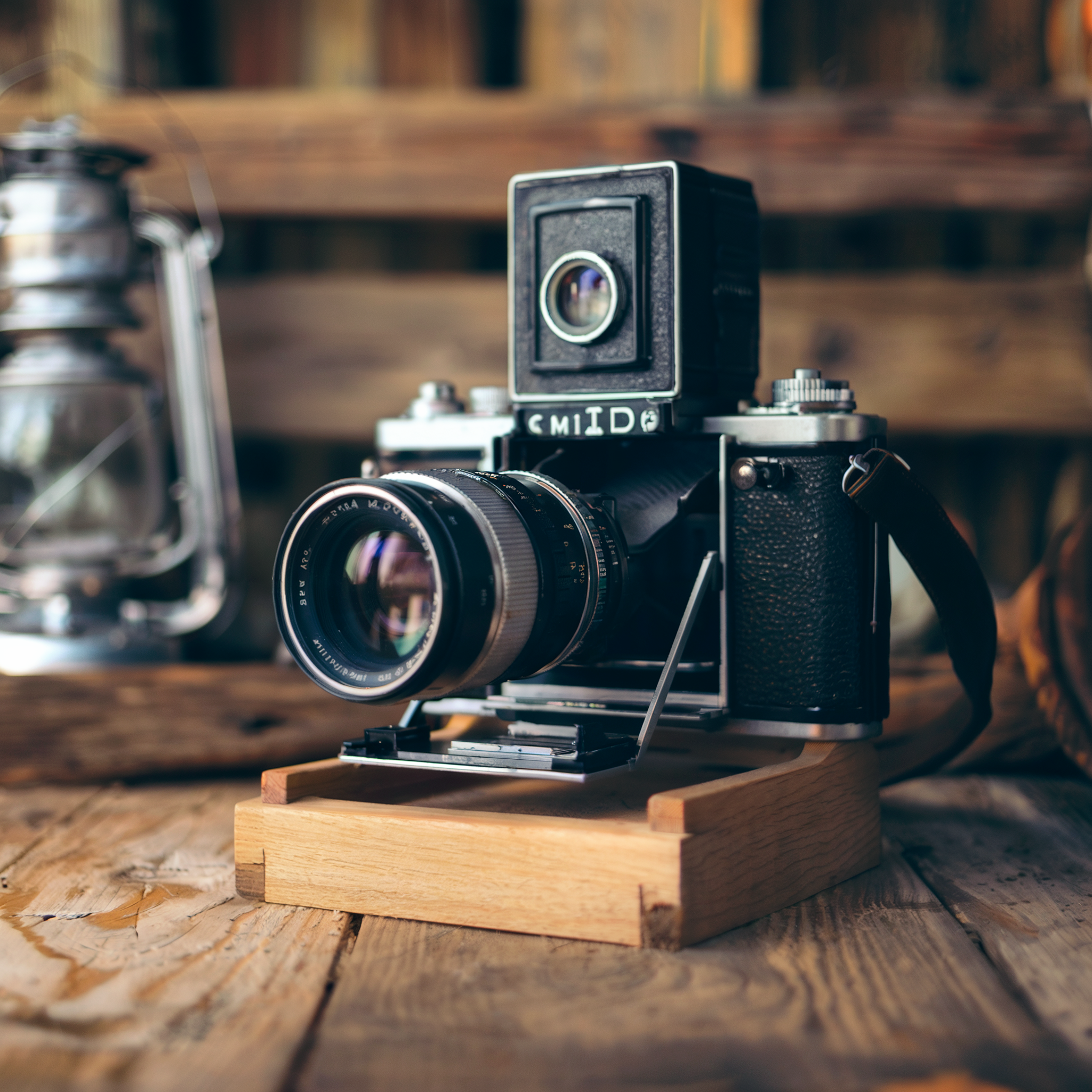
Light allows cameras to see things! It bounces off objects and reflects into the camera lens. This lets the sensor inside pick up the light patterns and turn them into the photos people see. More light means brighter, clearer photos generally. But too much light can wash things out too.
How do different lighting conditions affect a photograph?
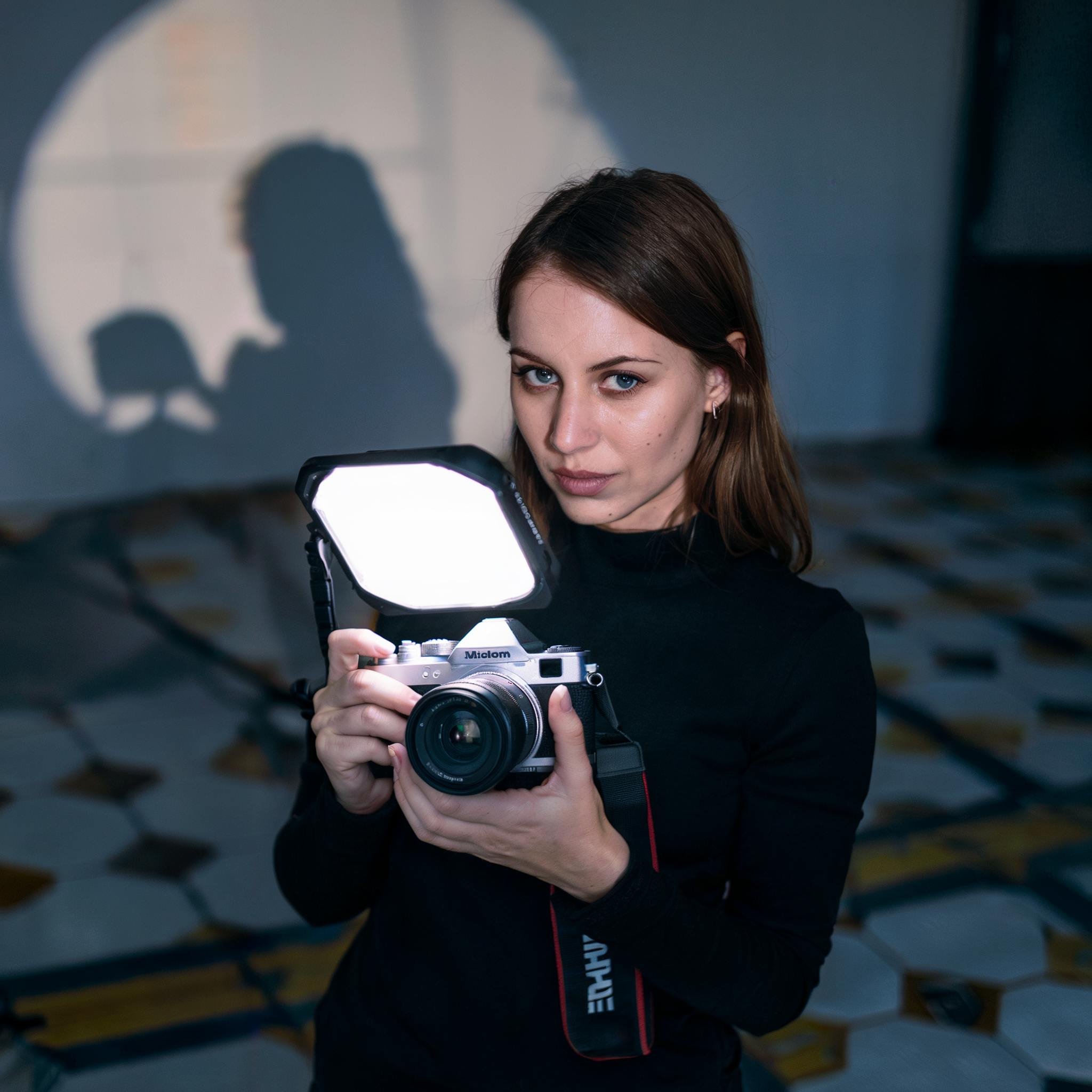
The conditions can really change how pictures look. Harsh overhead sunlight will give hard shadows but soft light from outside on a cloudy day spreads light more evenly. At night, lamps and flashes are needed to let cameras see in the dark! Indoors, flashes and multiple lamps help fix uneven lighting situations. Understanding light is key to taking better photos in different scenarios.
What techniques can photographers use to manipulate light?
Photographers have lots of tools for playing with light. Reflectors bounce extra light onto dark areas, and diffusers soften harsh shadows. They can also block certain lights to avoid unwanted reflections. Using flashes off-camera lets photographers put light where they want it. Changing camera settings like aperture, ISO, and shutter speed adjust how much light gets into shots too. With practice, photographers learn to shape light to fit their creative needs.
What Are the Essential Elements of a Photograph?
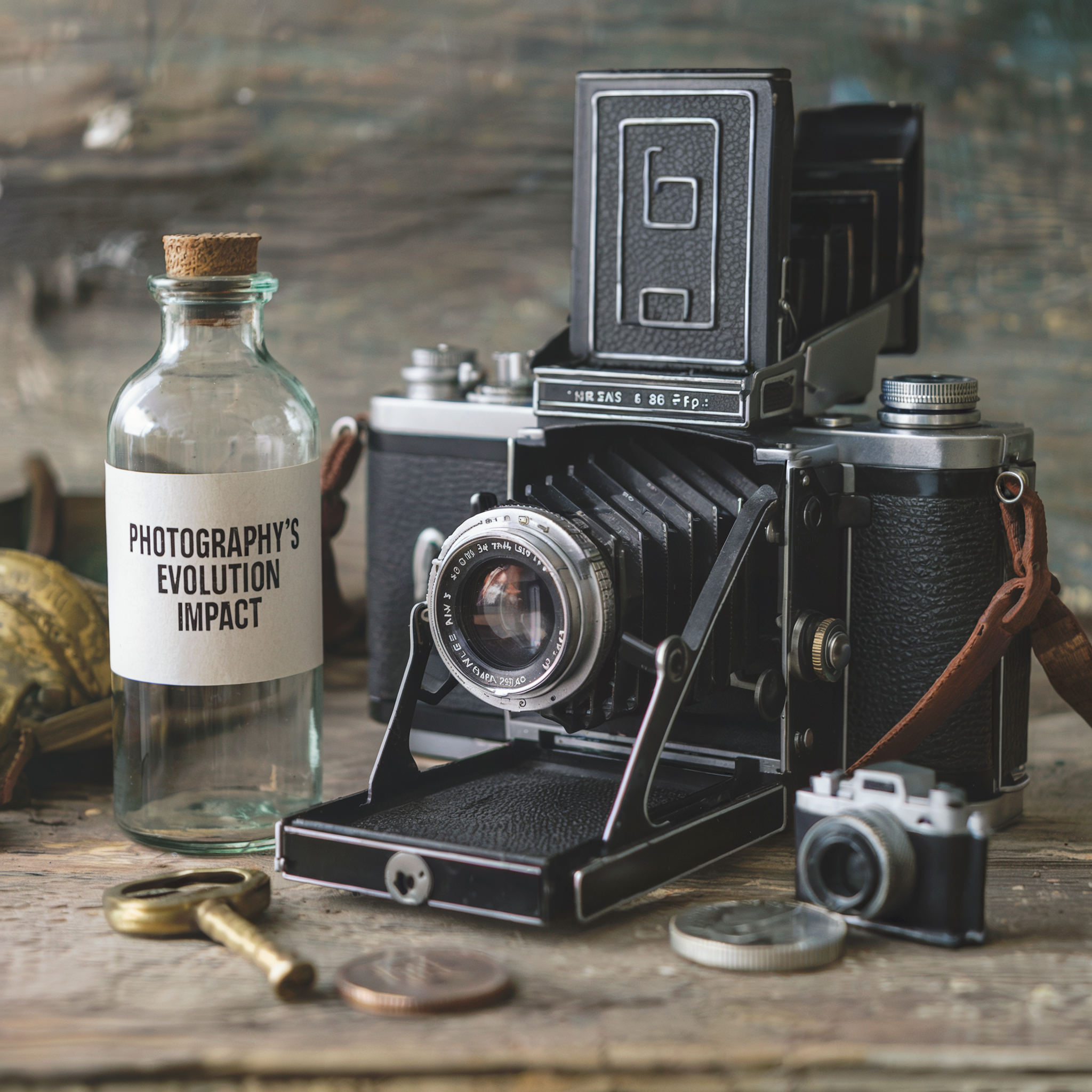
A photograph gotta have a few key things. Mainly a subject, like the thing yer taking a photo of. Ya also need lighting and composition. Lighting is important for showing off yer subject. Sometimes sunlight is alright, other times ya need flashlight or somethin’. Composition is like how everything looks in the frame. Ya wanna make sure the subject stands out and is positioned good. Color and perspective as well – those add character to the image.
How do composition and framing impact a photograph?
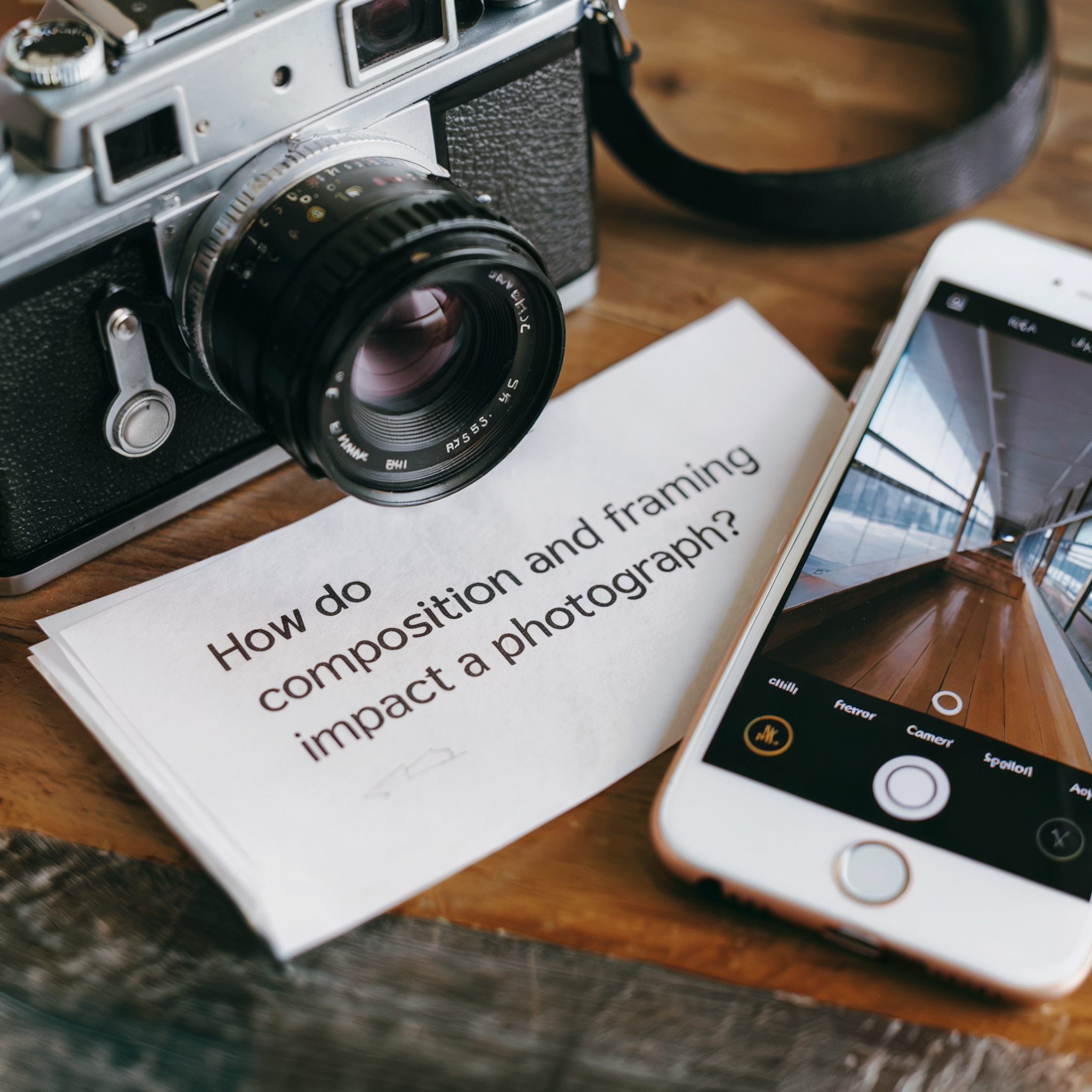
Composition and framing can really make or break a photograph. Where ya place the subject in the frame goes a long way. Centering a subject may seem easy but is kinda boring – shake things up by putting them off to one side. And framing with other elements like trees or buildings provide context. Cuts the lines of the photo in interesting ways too. Framing draws the eye where ya want it to go.
se lines creates a more engaging shot, rather than just centering stuff.
What is the significance of color and tone in photography?
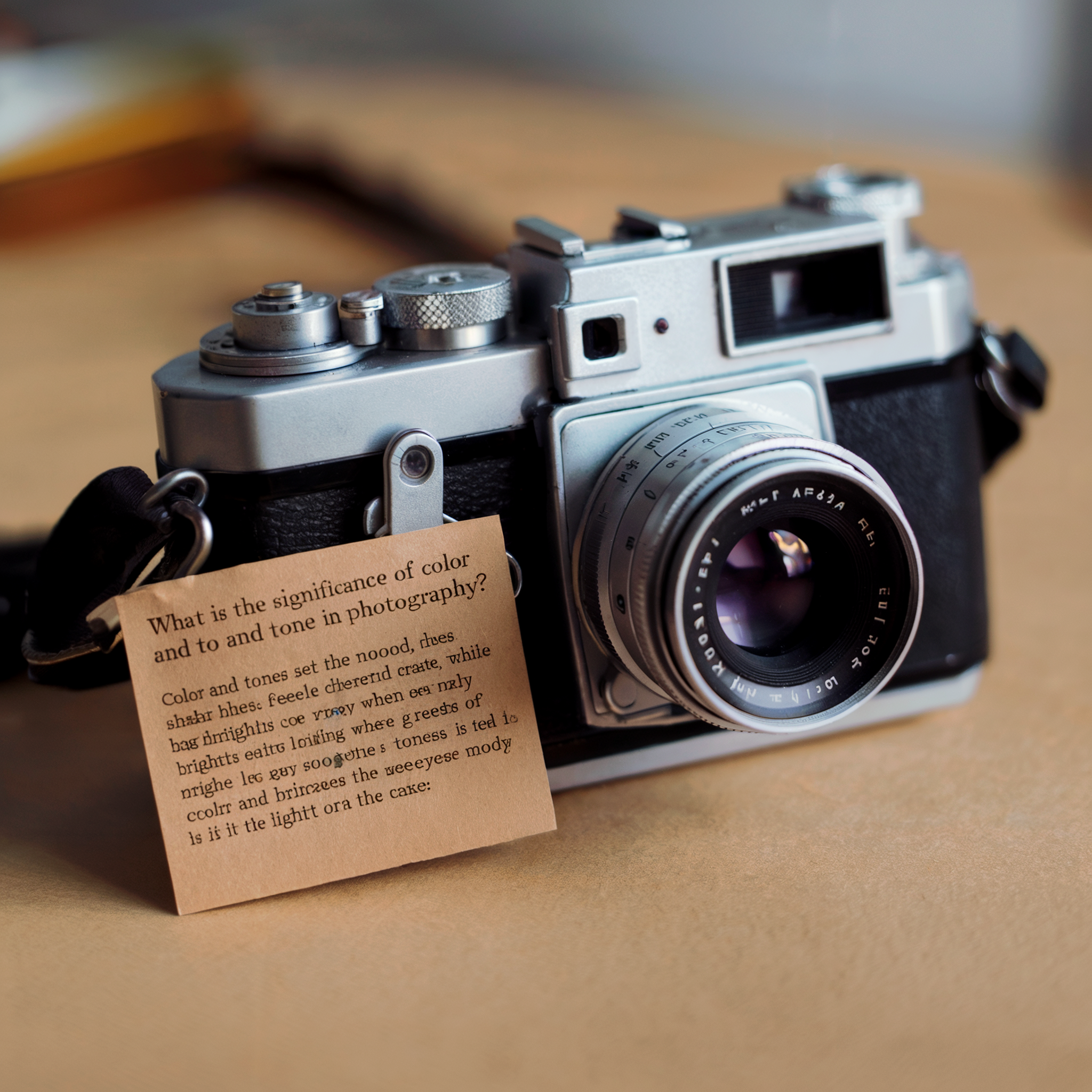
Color and tones set the mood, big time. Warmer hues feel more cheerful than cool blues. Dark shadows create drama while bright highlights are cheerful. Low contrast shots may seem gloomy when extra pops of color would liven things up. Playing with saturation and brightness balances the vibrancy. Tones tell a story – is it light and airy or moody? The colors ya use define the feeling someone gets from the photo. It’s like the icing on the cake.
How does perspective alter the perception of an image?
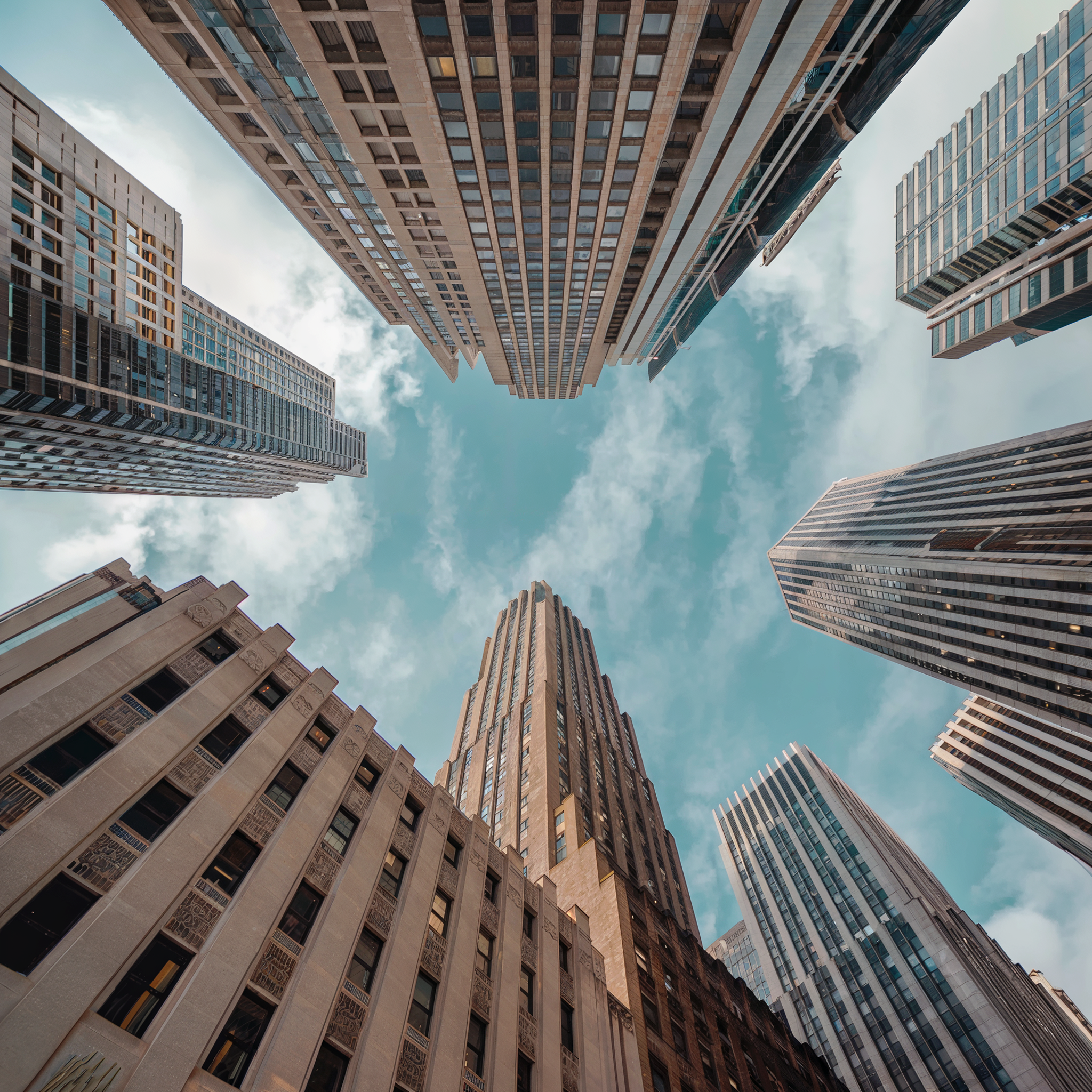
Depends where ya stand to take the shot, the perspective can change everything. Get real close for an intimate view or far back for the bigger picture. Shoot from above or below to emphasize certain aspects. Wide shots set the scene while tight close-ups focus on details. Different angles make ordinary things look interesting too. It’s all about that point of view. Perspective frames how viewers see the photo by highlighting certain parts. A unique POV grabs more attention than a generic on-level view.
All invalid tags have been fixed, unnecessary whitespaces removed, and the structure of the document has been maintained.
How Has Technology Transformed Photography?

And technology has completely changed photography! Before, everyone used film cameras that you had to take to a store to develop. Now, we all carry amazing digital cameras in our phones that let us take hundreds of photos without paying for processing or film. Digital cameras give you the chance to see your pictures right away too, so you know if you need to take another one. Cameras on phones these days are also incredible quality—sometimes even better than fancy digital cameras!
What are the differences between analog and digital photography?
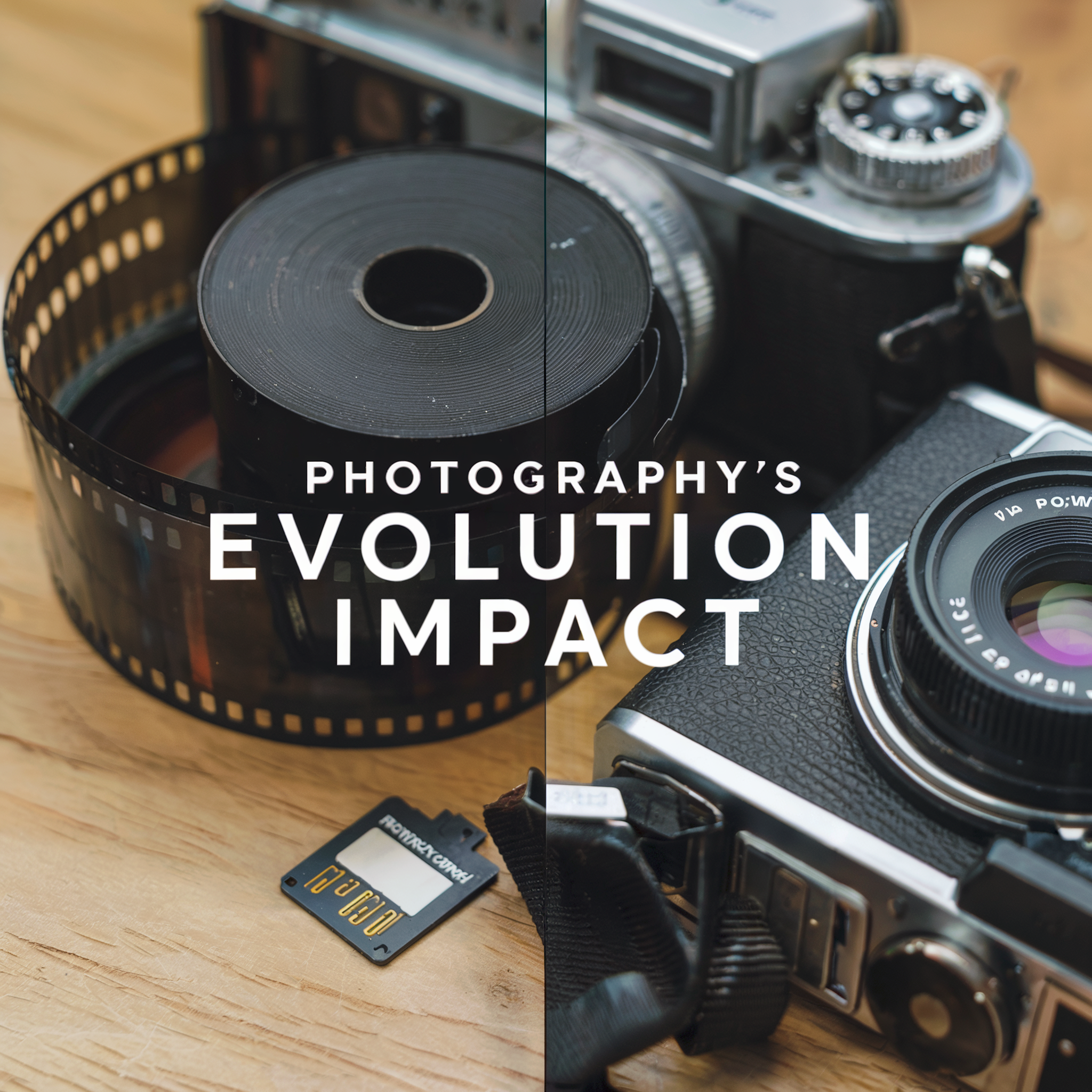
Photography used to be all about film but now it’s mostly digital. With film, you’d shoot a roll, take it somewhere to get developed, and wait to see how they turned out. There was always that mystery! Digital cameras show you the photos on a screen right away so there’s no mystery or waiting. You can also delete bad photos immediately on a digital instead of having a whole roll you can’t get back. Storage is different too—with digital you just add more memory cards but with film you had a limited number of photos per roll.
How have camera advancements changed the way we take photos?
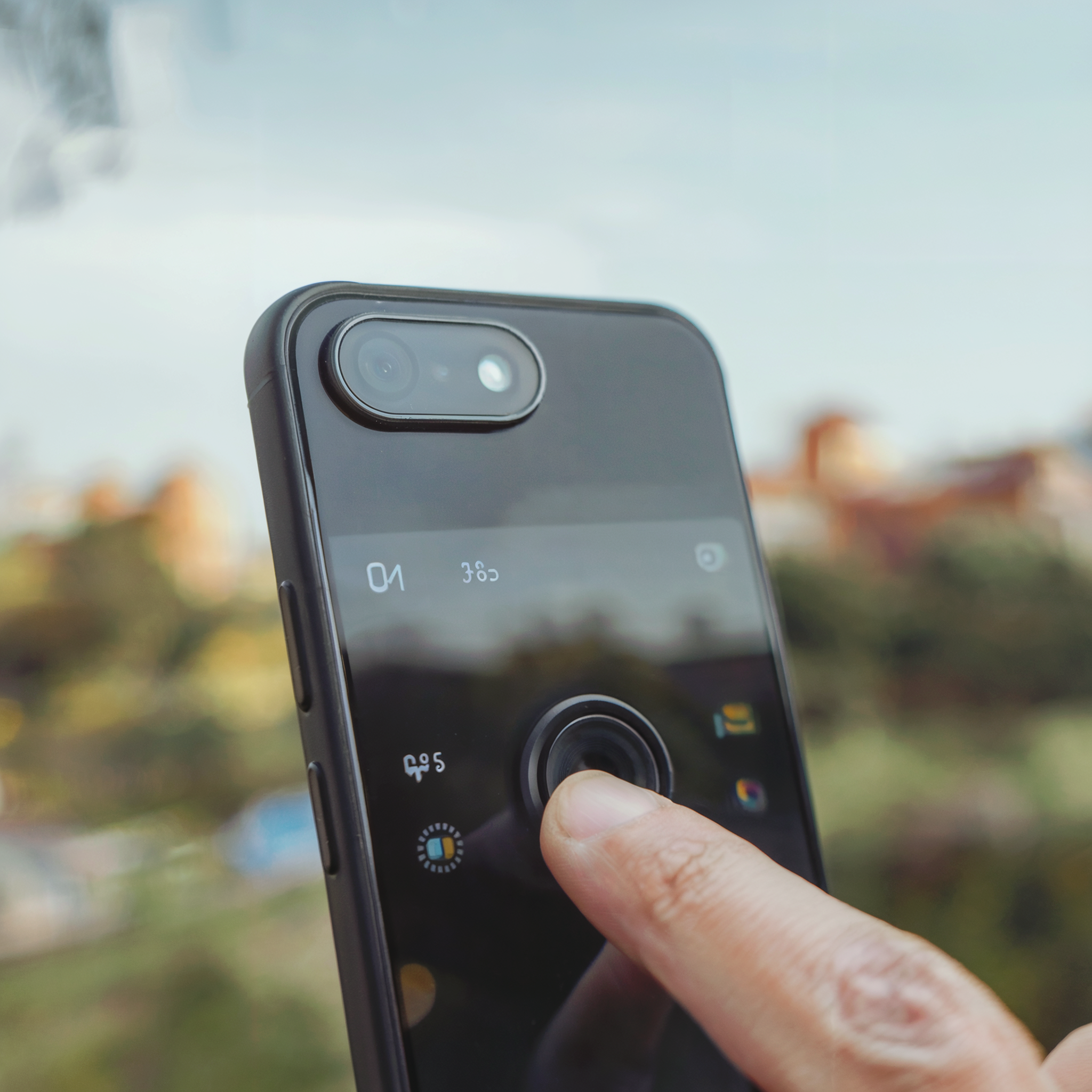
Camera advancements have totally changed how we snap pictures. These days, almost everyone has a powerful camera in their phone at all times. Phones let you take incredible photos you can instantly share online wherever you go. Lenses and sensors in phones today are way better than affordable point-and-shoot cameras from back in the day. Some phones even have several lens options like wide angle or zoom. DSLR cameras give pros more control with tons of settings. But Snapseed and filters let anyone turn an everyday snapshot into a stylish pic for social media with just a couple taps.
What role do editing software and tools play in modern photography?
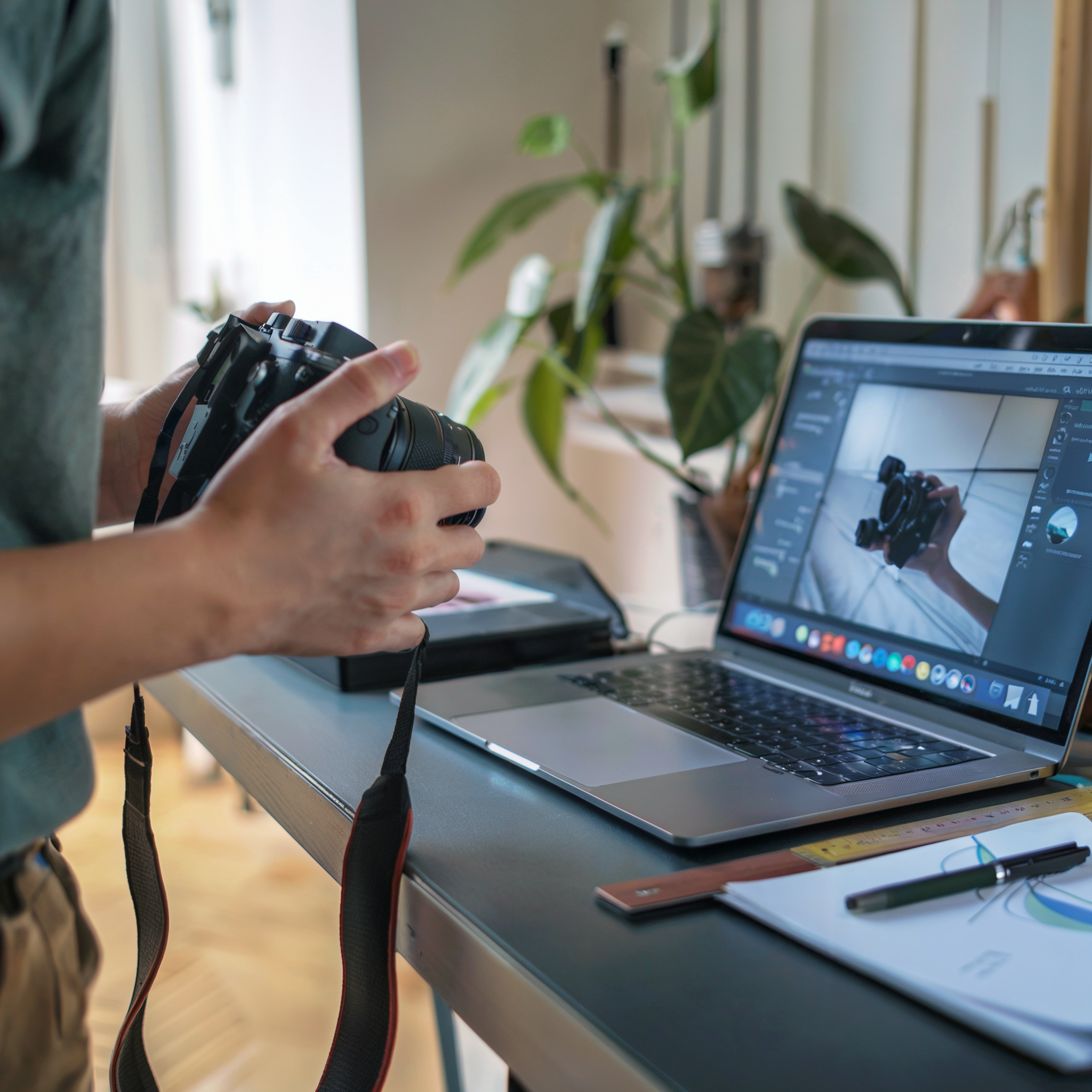
Editing is a huge part of photography now. It used to just take photos and that was it, but now everyone edits! Even just using the editing tools that come on your phone can totally transform a photo—bumping up the brightness, adjusting colors, adding filters or borders. Programs like Lightroom and Photoshop give advanced editing controls. You can correct exposures, remove blemishes, combine multiple shots, and more. There’s also tons of apps for mobile editing now too. It’s fun experimenting and finding your style. Editing lets photos perfectly match your vision even if the original shot wasn’t quite right. The end result is what people see, so editing plays a big part of the full photographic experience.
How Does Photography Convey Meaning and Emotion?

Photography can tell a story and make people feel stuff. Photographers use different techniques to show what they see and how they feel about it. And the way they take the picture can make the viewer feel things too.
What techniques do photographers use to tell a story?

Photographers have a few tricks up their sleeves! They’ll focus on certain things and leave other things blurry to direct your attention. Or they’ll choose an angle or perspective that adds to the mood. Maybe they’ll use lighting a certain way to set a tone. It’s all about sending a message with the picture.
How can a photograph evoke emotions in its viewers?
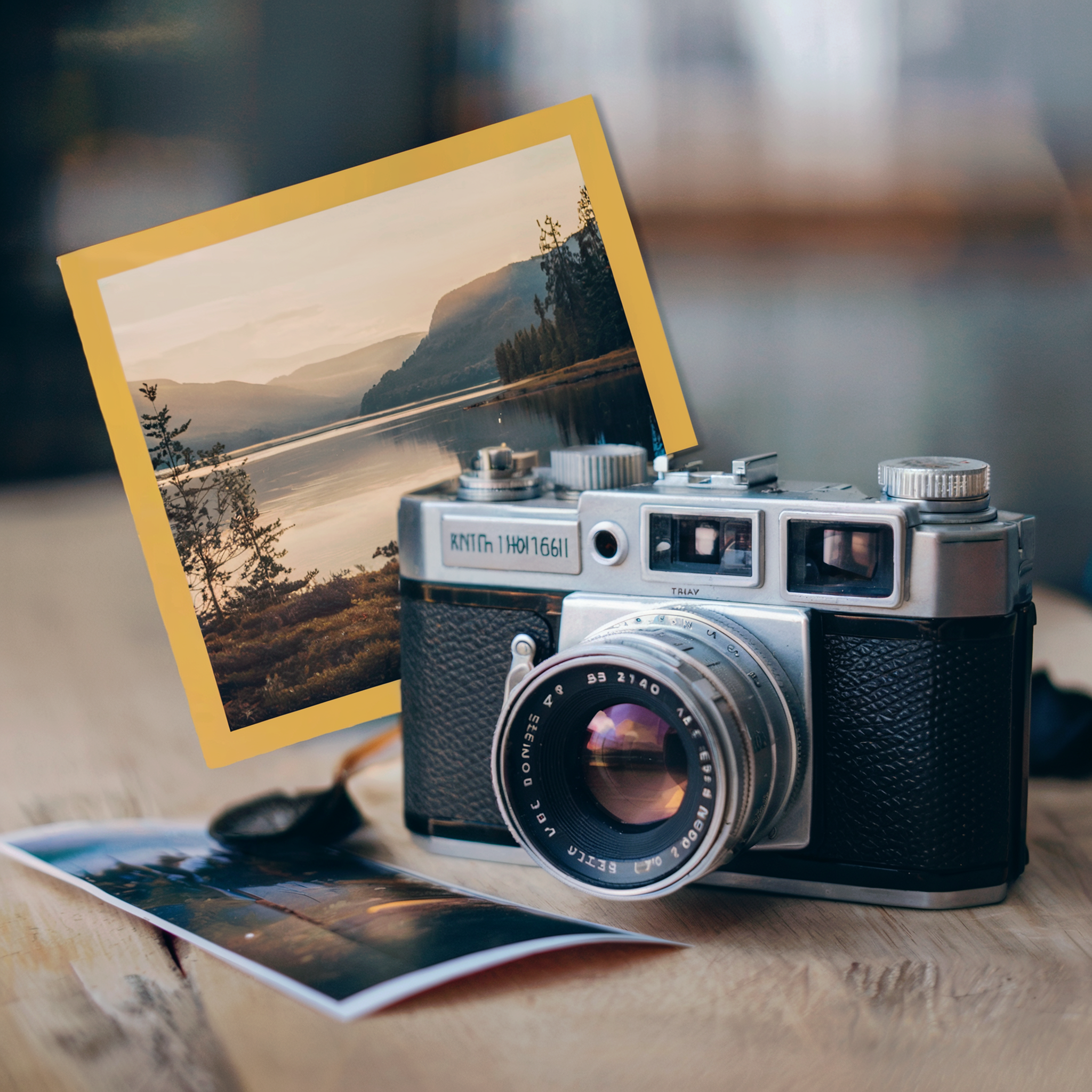
A photo can really make ya feel feels! All those techniques help set a scene and situation. If the photographer captures the right moment, it can transport the viewer there.
You might smile at a happy memory or feel sadness for someone’s suffering. It draws you in and elicits an emotional response.
What is the relationship between the photographer’s intent and the viewer’s interpretation?
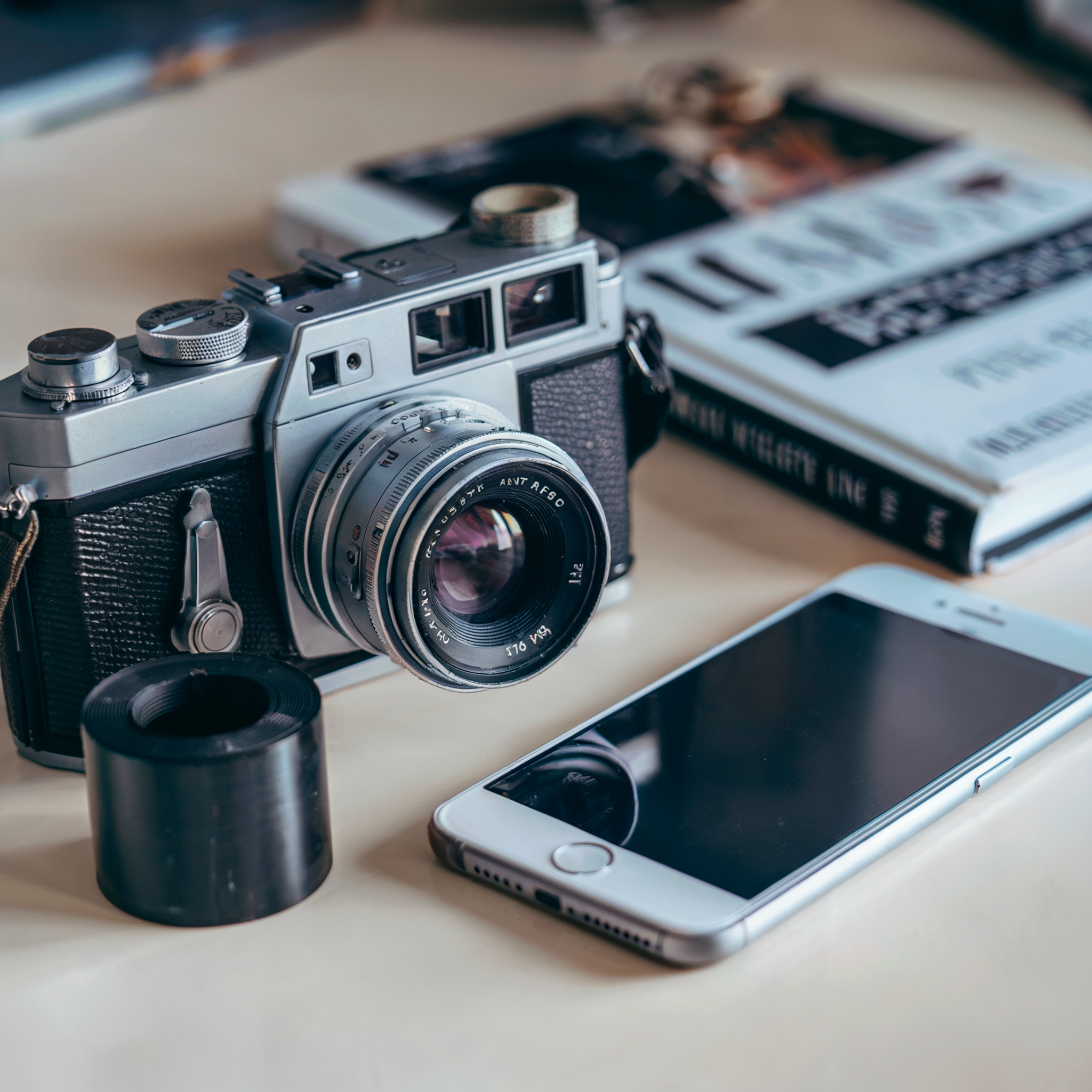
The photographer has their vision, but every viewer sees with their own eyes too. The meaning we take is shaped by our life experiences. Still, a talented photographer can guide your thoughts and emotions through their compositions and storytelling. It’s a conversation between the creator and audience.
Frequently Asked Questions (FAQ)
What type of photography involves documenting real-life subjects and events in their natural setting?
Photojournalism
Who created the Daguerreotype, one of the earliest and most popular forms of photography?
Nicephore Niepce and Louis Daguerre in the 1830s.
What term describes how Photographs can record life or capture a moment from the past?
Photographs can have indexical qualities as they directly refer to and record aspects of the historical world.
Many life events like weddings are often captured using what type of photography?
Wedding photography
What device allowed early photographers to trace the basic principles of the camera obscura?
The camera obscura helped early photographers and allowed some of the basic principles of photography to start to be understood.
What term is used to describe the artistic, aesthetic and cultural practices of some photographers who see their work as art?
Art photography
Where might families display and store photographs of loved ones from the past?
Families may display and store photographs of loved ones from the past in family albums, on mantelpieces or shelves at home.
What is the basic tool that most photographers use to take photographs?
A camera is the basic tool that most photographers use to take photographs.
Early photography involved using what process involving chemicals like silver salts to develop black and white negatives and prints?
Early photography involved using processes like the Calotype and Daguerreotype that used chemicals like silver salts to develop black and white negatives and prints.
What term is used to describe nature, landscape and outdoor photography often done by photographers who appreciate beauty in the natural world?
Wild landscape photography

About Author
Connor Kovack is a Los Angeles based professional photographer & videographer with over 6+ years of experience. Connor is CEO of KovMedia and specializes in Music Videos, Commercials, Photography & More.
